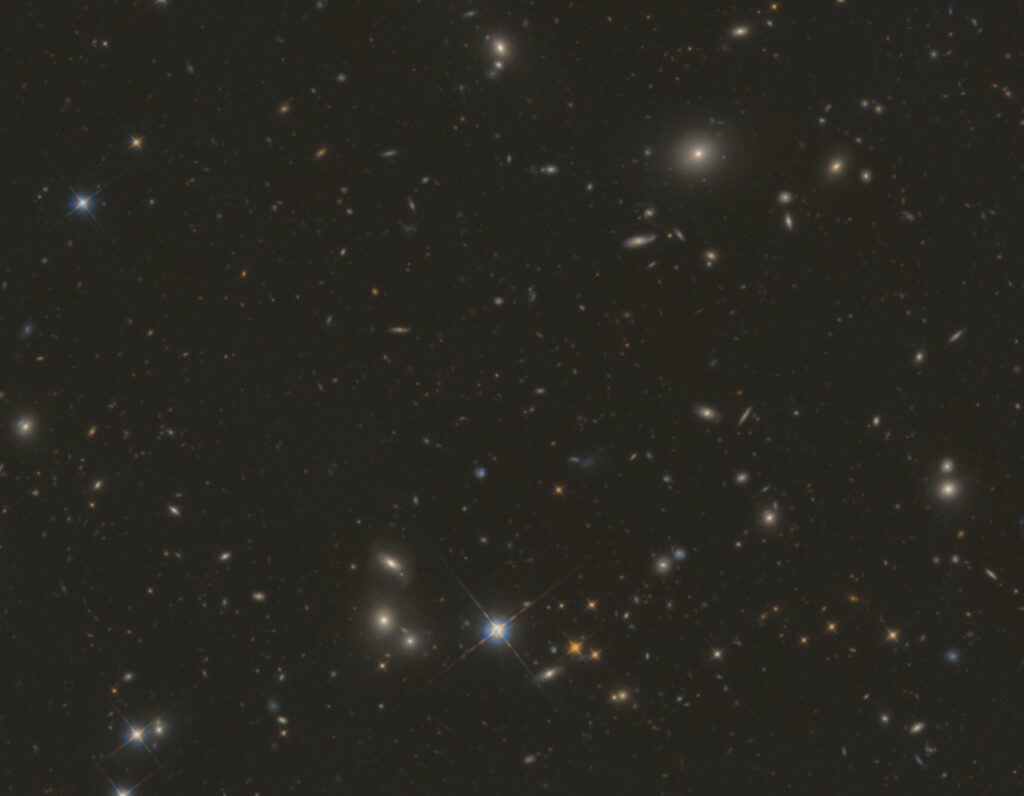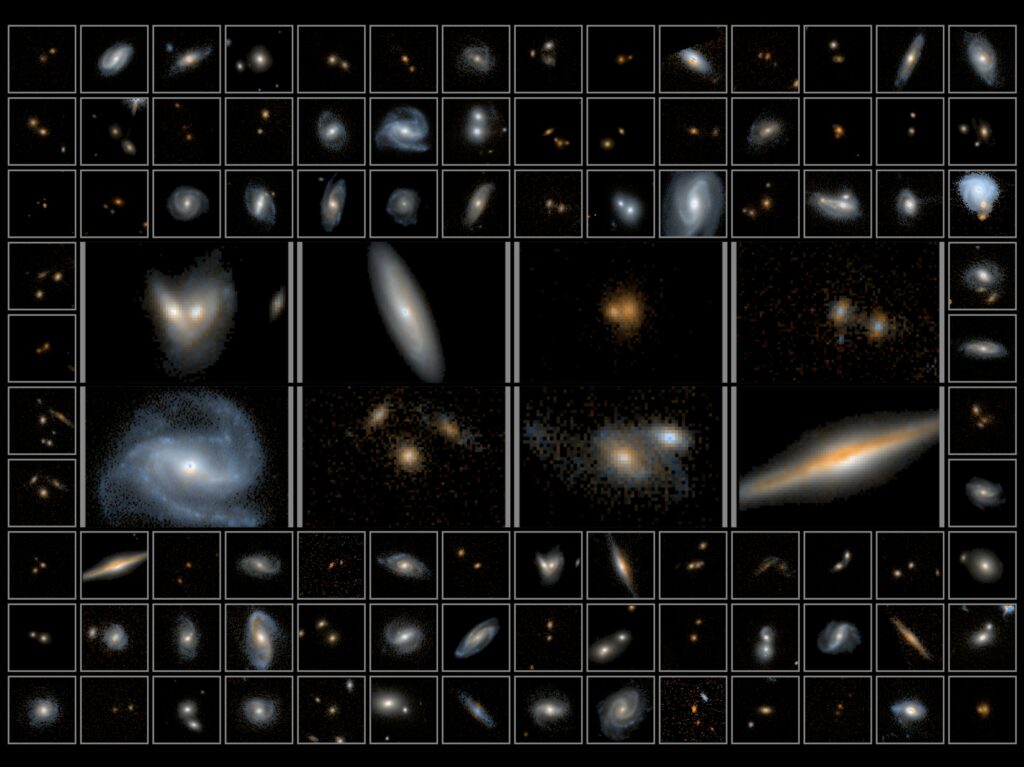An international team of scientists has published the largest infrared image ever obtained by the Hubble telescope. It was called 3D-DASH. The photo will allow astronomers to map the regions of star formation and shed light on the origins of the very first galaxies.
Finding the First Galaxies
One of the main tasks of modern astronomy is to study the evolution of the first galaxies in the Universe. Since we are talking about objects that are billions of light-years away from us, the light emitted by them has shifted to the infrared region of the electromagnetic spectrum. Therefore, infrared photography is used to observe them.

Until recently, such surveys were significantly hampered by the fact that survey images of large areas of the sky can only be obtained from ground-based observatories. And they lacked the permission needed to identify rare objects. Therefore, scientists have developed a new technique that made it possible to use the Hubble telescope for this task. It was called “Drift And Shift, DASH”.
The essence of the technique is to obtain an image that is eight times larger than the standard Hubble field of view. It is produced by capturing multiple images, which are then stitched together, similar to a panoramic shot on a smartphone. Another difference from the usual shooting is the speed. DASH allows taking eight photos of the desired area during one orbit, instead of one photo. Thus, a task that previously required 2,000 hours of observations can now be solved within 250 hours.
Hubble’s record-breaking infrared image
The image obtained by the space telescope shows an area called COSMOS (Cosmic Evolution Survey). This area of the sky was previously the subject of intense observations by Hubble. The photo shows galaxies with a large redshift. We see them as they were 10 billion years ago. But if we take into account the factor of the expansion of the Universe, the real distance will be 17 billion years.

The 3D DASH covers a total area almost six times the visible size of the Moon in the Earth’s sky. The James Webb Telescope (JWST) is unlikely to break this record, because it was created with the expectation of obtaining highly detailed close-up images. So, astronomers will most likely have to wait for the launch of the Roman Infrared Telescope (RST). Due to the presence of a wide-angle camera, it will have a 100 times larger field of view than the Hubble. Currently, the launch of RST is scheduled for 2027.
Recall that Hubble recently photographed an anomalous globular cluster.
According to https://phys.org
Follow us on Twitter to get the most interesting space news in time
https://twitter.com/ust_magazine

